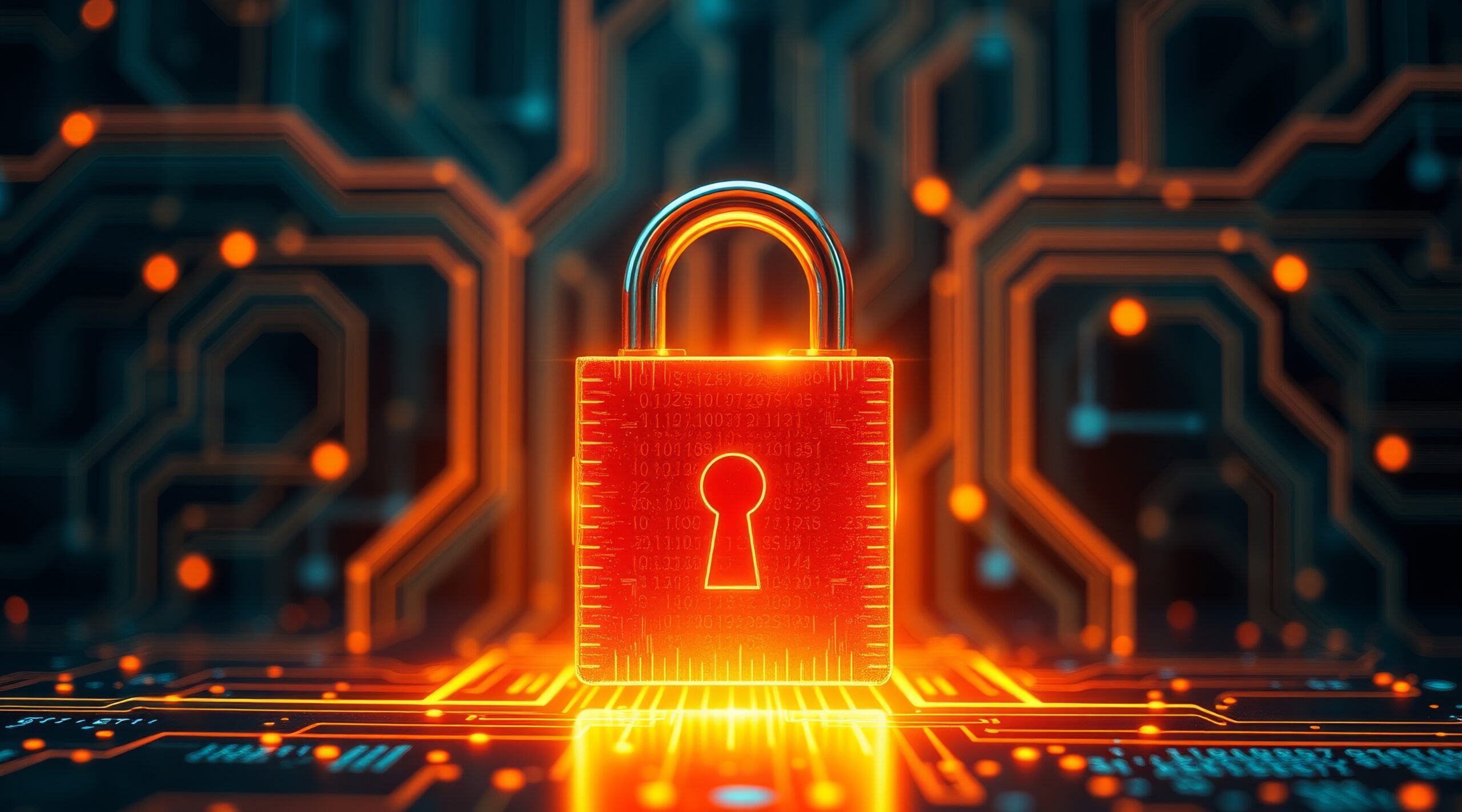In early 2024, DISA Global Solutions, a Texas-based company specializing in employee background checks and drug testing, experienced a significant data breach that affected over 3.3 million individuals.
This breach is a case study of what to do and what not to do. While it doesn’t directly apply to a compliance framework, any company handling customer data can gain some insight into their privacy from the event.
What Happened with the DISA Breach?
The breach occurred between February 9 and April 22, 2024, during which unauthorized parties accessed sensitive personal information. The compromised data includes names, Social Security numbers, driver’s license numbers, other government identification numbers, financial account details, and other sensitive information.
Despite discovering the breach on April 22, 2024, DISA did not publicly disclose the incident until February 2025, leading to concerns about the delayed notification. The company has stated that, as of now, there is no evidence of misuse of the compromised information. In response, DISA offers affected individuals one year of free credit monitoring and identity restoration services through Experian.
The nature of DISA’s services means that the breached data most likely includes sensitive details from employment screenings, such as drug testing results and background checks. This raises concerns about potential misuse of the information for identity theft, financial fraud, or even blackmail. Legal investigations are underway, with law firms examining the incident to determine if affected individuals are entitled to compensation.
This incident highlights the critical importance of robust cybersecurity measures, especially for organizations handling extensive personal data. It also underscores the necessity for timely breach disclosures to mitigate potential harm to affected individuals.
Active Protection Against Data Breaches

Preventing data breaches requires a proactive and multi-layered approach to cybersecurity. Organizations can implement several key strategies to safeguard sensitive information:
- Strong Passwords and Multi-Factor Authentication (MFA): Enforcing complex passwords and implementing MFA adds an extra layer of security, making unauthorized access more difficult.
- Regular Software Updates and Patch Management: Keeping software and systems up to date ensures that known vulnerabilities are addressed promptly, reducing the risk of exploitation.
- Employee Education and Training: Regular training programs help employees recognize and avoid phishing attempts and other social engineering attacks, fostering a culture of security awareness.
- Data Encryption: Encrypting sensitive data at rest and in transit ensures that it remains unreadable and unusable even if it is intercepted or accessed without authorization.
- Access Controls and Monitoring: Strict access controls ensure that only authorized personnel can access sensitive information. Continuous monitoring can detect and respond to suspicious activities in real-time.
The Necessity of Protecting Private Data
The rise in cyber threats and data breaches has exposed individuals to risks like identity theft and financial fraud, leading to severe personal and economic repercussions. Beyond individual harm, organizations that fail to protect sensitive information face erosion of customer trust and potential legal consequences, as many jurisdictions enforce strict data protection laws. Therefore, robust data protection measures are essential to prevent unauthorized access, maintain consumer confidence, and comply with legal obligations.
- Preventing Identity Theft and Fraud: Unauthorized access to personal information can lead to identity theft, financial fraud, and other malicious activities that can have severe consequences for individuals.
- Maintaining Customer Trust: Consumers are likely to trust organizations committed to protecting their personal information, which can enhance reputation and customer loyalty.
- Legal and Regulatory Compliance: Many jurisdictions have enacted laws requiring organizations to protect personal data. Non-compliance can result in significant fines and legal actions.
Requirement for Prompt Breach Disclosure Under Compliance Frameworks
Organizations handling sensitive data must adhere to strict regulatory frameworks that mandate timely reporting of security incidents. From the European Union’s GDPR to the United States HIPAA and various state-level laws, these regulations ensure that affected individuals receive necessary notifications to protect themselves from potential fraud or misuse of their data. Failure to comply exposes organizations to legal penalties and risks severe reputational damage, making timely disclosure a critical aspect of data security governance.
- General Data Protection Regulation (GDPR): Enforced in the European Union, the GDPR mandates that organizations report data breaches to the relevant supervisory authority within 72 hours of becoming aware of them.
- Health Insurance Portability and Accountability Act (HIPAA): In the United States, HIPAA requires covered entities to notify affected individuals and the Department of Health and Human Services without unreasonable delay and no later than 60 days after discovering a breach involving unsecured protected health information.
- State Data Breach Notification Laws: All 50 U.S. states have enacted laws requiring private or governmental entities to notify individuals of security breaches involving personally identifiable information. The specific requirements, including the timeframe for notification, vary by state.
Adhering to these regulations ensures transparency, allows affected individuals to take protective actions, and helps maintain public trust. Failure to comply can result in legal penalties and damage an organization’s reputation.
Stay Ahead of Data Breaches and Notifications with a Trusted Partner: Lazarus Alliance
To learn more about how Lazarus Alliance can help, contact us.
- FedRAMP
- StateRAMP
- NIST 800-53
- FARS NIST 800-171
- CMMC
- SOC 1 & SOC 2
- HIPAA, HITECH, & Meaningful Use
- PCI DSS RoC & SAQ
- IRS 1075 & 4812
- ISO 27001, ISO 27002, ISO 27005, ISO 27017, ISO 27018, ISO 27701, ISO 22301, ISO 17020, ISO 17021, ISO 17025, ISO 17065, ISO 9001, & ISO 90003
- NIAP Common Criteria – Lazarus Alliance Laboratories
- And dozens more!
[wpforms id=”137574″]